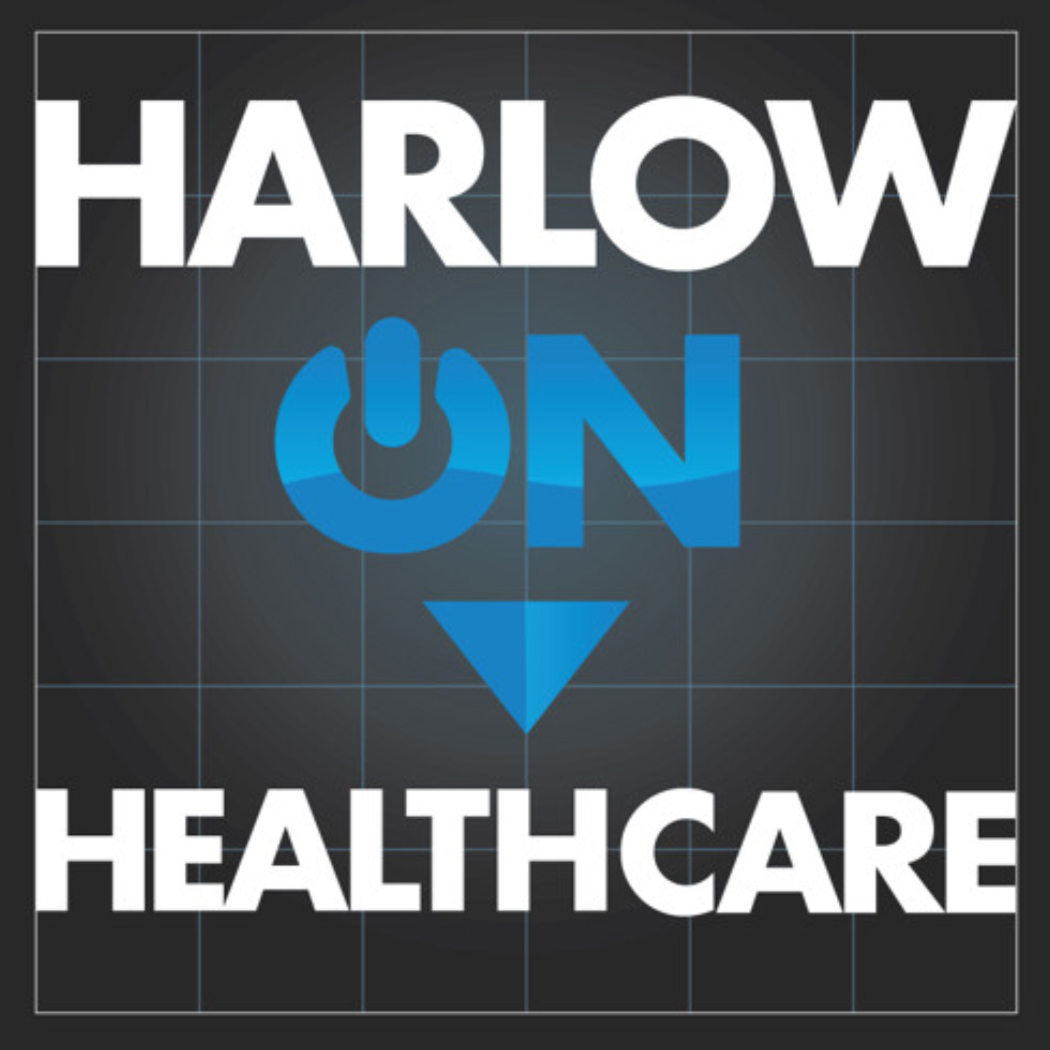In the future, everything will be connected.
That future is almost here.
Over a year ago, the Federal Trade Commission held an Internet of Things workshop and it has finally issued a report summarizing comments and recommendations that came out of that conclave.
As in the case of the HITECH Act’s attempt to increase public confidence in electronic health records by ramping up privacy and security protections for health data, the IoT report — and an accompanying publication with recommendations to industry regarding taking a risk-based approach to development, adhering to industry best practices (encryption, authentication, etc.) — seeks to increase the public’s confidence, but is doing it the FTC way: no actual rules, just guidance that can be used later by the FTC in enforcement cases. The FTC can take action against an entity that engages in unfair or deceptive business practices, but such practices are defined by case law (administrative and judicial), not regulations, thus creating the U.S. Supreme Court and pornography conundrum — I can’t define it, but I know it when I see it (see Justice Stewart’s timeless concurring opinion in Jacobellis v. Ohio).
To anyone actively involved in data privacy and security, the recommendations seem frighteningly basic:
- build security into devices at the outset, rather than as an afterthought in the design process;
- train employees about the importance of security, and ensure that security is managed at an appropriate level in the organization;
- ensure that when outside service providers are hired, that those providers are capable of maintaining reasonable security, and provide reasonable oversight of the providers;
- when a security risk is identified, consider a “defense-in-depth” strategy whereby multiple layers of security may be used to defend against a particular risk;
- consider measures to keep unauthorized users from accessing a consumer’s device, data, or personal information stored on the network;
- monitor connected devices throughout their expected life cycle, and where feasible, provide security patches to cover known risks.
- consider data minimization – that is, limiting the collection of consumer data, and retaining that information only for a set period of time, and not indefinitely;
- notify consumers and give them choices about how their information will be used, particularly when the data collection is beyond consumers’ reasonable expectations.
Stakeholders and FTC staff agreed that it is too soon for IoT-specific privacy and security legislation, and reiterated the agency’s the 2012 call for broad-based, flexible, technology-neutral data security and breach notification legislation. (See Health Populi for more on the IoT report.) The President seems to be in favor of strong, uniform, data privacy and security rules as well.
Uniformity would be a good thing. As things stand now, the FTC and OCR have overlapping jurisdiction when it comes to enforcing privacy and security rules with respect to health data. (Oh, and let’s not forget about state attorneys general and, while we’re at it, private lawsuits, as vehicles for enforcement). While overlapping jurisdiction should not matter to those of us who are in compliance with the rules, the problem is that the rules (at least on the FTC side) are not necessarily clear. That issue is magnified because FTC enforcement can include long-term monitoring and reporting on remediation and compliance, and can drive a company out of business. (Consider the LabMD case, just for instance.)
In addition, the IoT report covers some of the same ground as the FDA’s recently-issued draft guidance entitled General Wellness: Policy for Low Risk Devices, which complements last year’s mHealth guidance.
When the federales put a stake in ground — as they have with all of these issuances — innovation can proceed because we all have a better sense of the contours of the regulatory landscape. The problem is that these are guideposts that can shift in unpredictable ways in the future, or that can easily disappear — like the landmarks disappearing under a blanket of heavy snow falling outside my window as I type this post.
Nevertheless, it is possible to plan for that inscrutable future by building products and services, and communicating with partners, consumers and regulators, in a way that honors public expectations and the policies underpinning the government’s various declarations about data privacy and security.
David Harlow
The Harlow Group LLC
Health Care Law and Consulting


